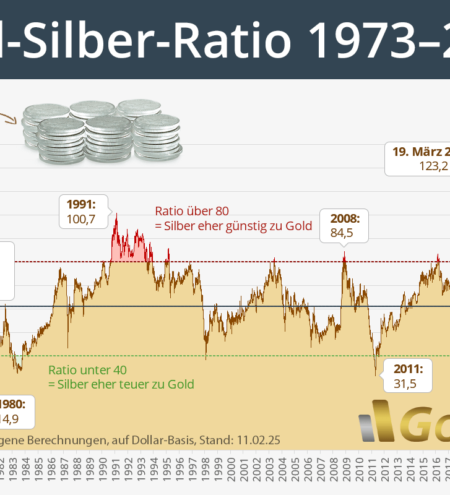Mexico, long celebrated as the world’s leading silver producer, is facing mounting challenges that threaten its dominance in the global silver market. The country’s mining sector, a cornerstone of its economy, is grappling with significant hurdles, including regulatory changes, environmental restrictions, and proposed increases in royalties. These factors are not only dampening mining capacity but also casting a shadow over the SilverStream contracts tied to Mexican output.
Royalty Hikes and Regulatory Pressures
The Mexican government is proposing an increase in mining royalties, raising the base rate from 7.5% to 8.5% and doubling the additional royalty on precious metals from 0.5% to 1.0%. These changes are designed to boost government revenues but come at a steep cost to mining companies. The new financial burden threatens to deter over $6.9 billion in potential investments, as miners reassess the feasibility of operating in a market with shrinking margins.
This isn’t just a domestic issue. With Mexico accounting for a significant portion of global silver production, these changes are poised to ripple across international markets, exacerbating existing supply constraints.
Environmental Regulations Add to the Strain
In addition to increased royalties, stricter environmental regulations are complicating new and ongoing mining projects. Companies must navigate more complex permitting processes and adhere to tighter operational standards, leading to delays and added costs. For an industry already struggling with resource depletion and rising operational expenses, these new policies create formidable barriers.
The Shift to Alternative Mining Destinations
With Mexico’s mining sector under pressure, countries like Peru and Chile are emerging as attractive alternatives for investment. Both nations offer more stable regulatory environments and competitive tax structures, drawing the interest of global mining firms. However, transitioning operations to these markets is no quick fix. Establishing new mining projects can take 3-5 years—or longer—before production begins.
In the interim, the global silver supply chain faces heightened vulnerability. Already stretched thin by rising demand for silver in industrial applications, electronics, and renewable energy technologies, any disruption in Mexico’s output could create significant market imbalances.
Nationalization Concerns and Investor Confidence
Mexico’s recent moves towards greater nationalization of its resources further amplify investor concerns. Such policies signal a shift in priorities, with the government seeking a larger share of mining revenues, often at the expense of foreign investment and operational efficiency. This approach, while politically popular, risks undermining long-term industry growth and international confidence in Mexico’s mining sector.
Global Implications
The challenges in Mexico highlight the fragility of the global silver supply chain. With few quick alternatives, the potential decline in Mexican output could drive up silver prices, affecting everything from jewelry and bullion to critical industrial applications.
Investors and stakeholders must now contend with a volatile environment where regulatory decisions in one country can reverberate across the global market. As the world’s leading silver producer, Mexico’s policy choices carry significant weight, and the road ahead appears fraught with uncertainty.
The proposed changes in Mexico’s mining sector mark a turning point for the global silver market. As the country grapples with balancing national interests and maintaining its position as a mining powerhouse, the ripple effects of its policies will be felt worldwide. For now, all eyes are on Mexico as the industry braces for a potentially transformative period.


